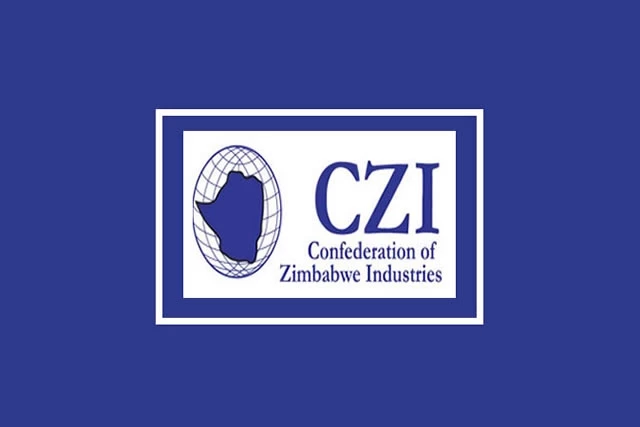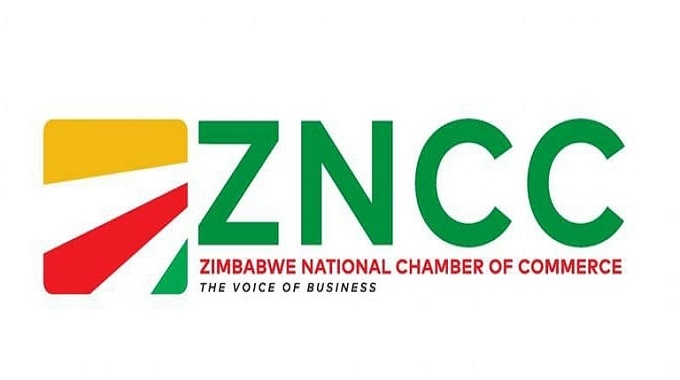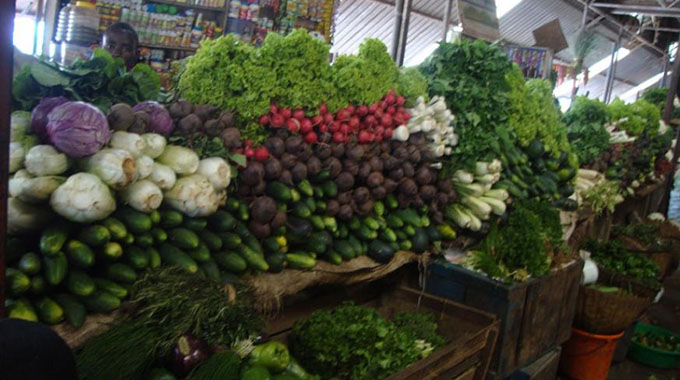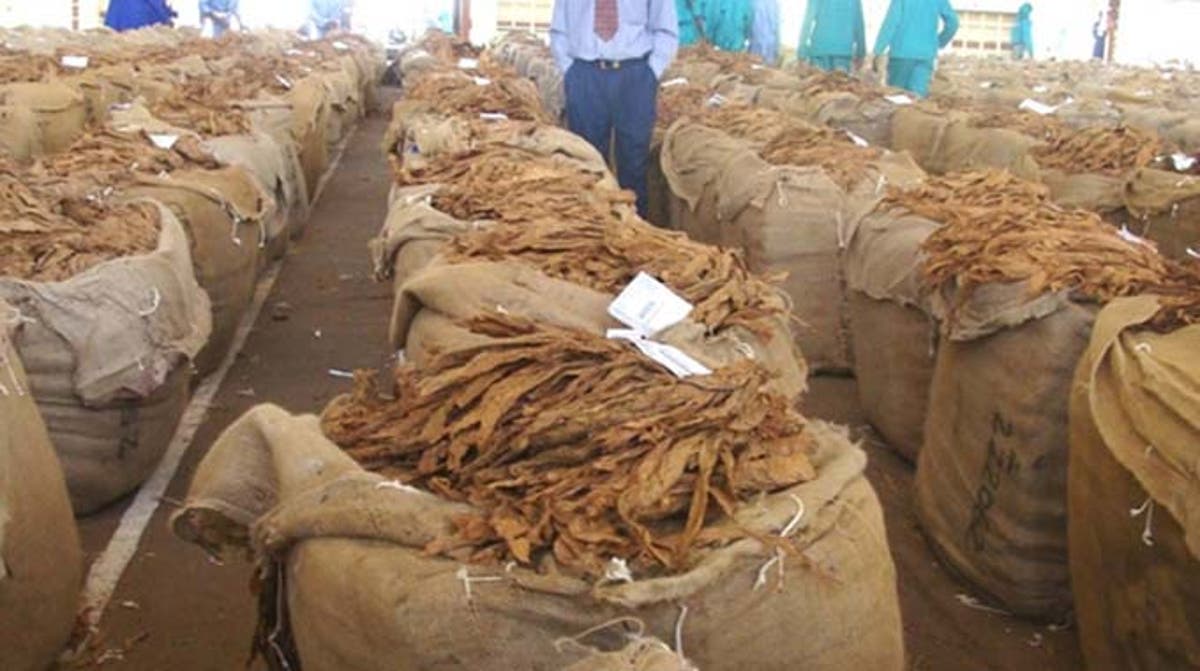Farmers expect firm tobacco prices
Tobacco prices are expected to firm in US dollar terms this marketing season — set to open next month — on the back of relatively high quality crop expected, a development that will push up national average price significantly compared to prior season.
However, the Zimbabwe Tobacco Association (ZTA) in its latest crop and market report covering February and March, laments that national average yields will be lower than last year at 1 400 kg per hectare, giving a crop estimate of 180 million kilogrammes.
The Tobacco Industries and Marketing Board (TIMB) and Agritex are, however, finalising their crop assessment that will give more accurate figures to determine if there will be growth in production compared to last year.
“Though yields will be down, the quality of this season’s crop is better than 2020. While disease affected and thinner crops may not be acceptable by all buyers, there remains a strong demand. Much firmer USD prices are expected that should push the national average price significantly up on last season,” argued ZTA.
According to statistics, seed sales reflected a 27 percent increase at 940kg, indicating over 150,000 hectares were planted with tobacco. The number of registered growers, however, remained static at 146 000 with minimal new entrants.
The auditing of contractors’ submissions is still underway, but it could be estimated that 124 000 hectares were put under contract plus a further 5 percent of crop under auction; implying total hectares planted could be close to 130 000.
Said ZTA; “Close to 40 buyers/contractors been approved by the TIMB for this season.
A significant number are middlemen buyers/contractors for the larger companies, who remove value from the tobacco bought from farmers. This contributes to lower prices being paid.”
Grower viability compromised
The association argued that the payment modalities announced by the Reserve Bank of Zimbabwe will not improve growers’ viability this season and this could attribute to stagnant growth that is being experienced in the sector.
“Every season growers finds themselves with little profit or in debt with their contractor. This debt is in USD and carried forward to the next season, with more USD loans and debt added. At least 90 percent of growers are now 100 percent USD borrowed from their contractor, implying no new USD comes into the country until USD loans are repaid. So while on paper tobacco sales may earn US$500 — US$600 million per season, real inflows are about a quarter of this. Roll out of diversification cropping programmes for tobacco growers remain paramount so that their general livelihoods are protected, as tobacco viability diminishes each season.
“Tobacco growing currently is not an attractive crop to venture/expand into and such growth will remain subdued. Pricing of contract tobacco (95 percent of national production) cannot continue to be based on the minimum of tobacco prices paid on the auction floors (5 percent of national production). This is outdated legislation that needs to be speedily changed by the authorities,” argued the association.
State of the crop
Tobacco farmers grow the crop under irrigation and dryland. Under irrigation the yields in general are estimated to be below last season by 10 percent. Yield ranges, depending on area vary from 3 200 to 4 000kg/ha though quality of the crop cured is very good.
Diseases such as angular, wildfire, altinaria were reported in a number of areas. Pests’ outbreaks were few with only laceworm reported in one area. Variety concerns were K26 – 66.
Under dryland yields have been estimated to be much lower than last season because of the very wet weather experienced in January and February. Estimates go to low as 2 000kg/ha up to 3 000kg/ha for commercial growers and 800kg/ha to 1 400kg/ha for rural farmers.
“The higher than normal rainfall has resulted in some areas experiencing water logging of fields and leaching of some crops. A thinner crop is expected. Disease, such as frog eye, angular, wildfire can be found in a major portion of the crop. Potential overall quality, however, remains good,” said the association.
Concern over RBZ payment modalities
Recently we reported in this publication that farmers were sufficiently pleased with the modalities announced, but were not happy with the retention levels.
“We appreciate that for the purpose of retention levels tobacco growers will now enjoy the same level as other exporters, that is 60 percent in foreign currency payable into growers FCAs and 40 percent converted at the prevailing auction rate on the day of sale payable into local currency growers’ account, both amounts payable net of foreign currency denominated loans.
“However, the 60 percent falls short of our foreign currency cost of production component which reflects a minimum of 70 percent. Compounded to this shortfall is that 40 percent of sales proceeds will be paid at the official rate of $84: US$1 versus re-tooling rates above $100: US$1.
“As such, growers’ viability will not improve with the retention levels announced and we plead with the authorities to review the foreign currency retention level before the start of the selling season. Improving growers’ viability is paramount in ensuring the targeted growth in the sector is achieved and the country realises improved foreign currency inflows,” argued the association.
However, the RBZ has stuck to its guns and it appears nothing will happen ahead of opening of the season next month.-ebusinessweekly.co.zw











